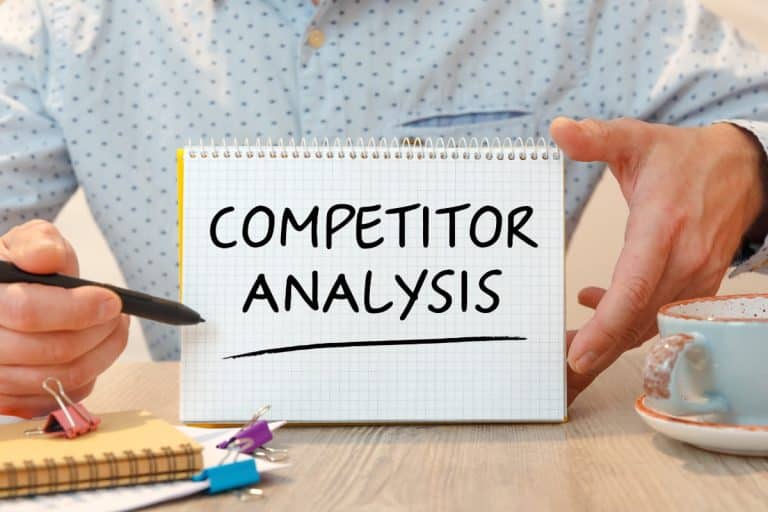Bias
Bias is an inherent part of human nature, rooted in our brain’s capacity to process information rapidly. It involves the tendency to favor certain individuals, groups, or ideas over others, often without conscious awareness. While bias can be benign and even helpful in some contexts, it becomes problematic when it leads to unfair discrimination, prejudice, or exclusion. In this guide, we’ll delve into the concept of bias, its different forms, and its impact on individuals and society.
What Is Bias?
Bias is a mental shortcut that our brains use to make quick judgments based on limited information or preconceived notions. It can be influenced by a range of factors, including personal experiences, cultural upbringing, media portrayals, and social influences. Bias can manifest in various forms:
1. Implicit Bias:
Implicit bias refers to the unconscious attitudes and stereotypes that influence our decisions and actions. These biases can be contrary to our consciously held beliefs and values. For example, someone may hold egalitarian beliefs but still exhibit implicit bias.
2. Explicit Bias:
Explicit bias is overt and conscious prejudice or discrimination. It occurs when individuals are aware of their biased attitudes and act on them intentionally. Unlike implicit bias, explicit bias is deliberate and often involves conscious discrimination.
3. Gender Bias:
Gender bias is rooted in societal stereotypes and expectations related to gender roles. It can manifest as favoritism or discrimination based on one’s gender identity or expression.
4. Racial Bias:
Racial bias involves preconceived notions and stereotypes related to a person’s racial or ethnic background. It can result in unfair treatment or discrimination based on a person’s race.
5. Age Bias:
Age bias, also known as ageism, is the unfair treatment of individuals based on their age. It can affect both younger and older individuals and impact employment, healthcare, and social interactions.
6. Confirmation Bias:
Confirmation bias is the tendency to seek out and interpret information in a way that confirms our preexisting beliefs or opinions while disregarding contradictory evidence.
7. Affinity Bias:
Affinity bias occurs when individuals favor people who share similar characteristics, such as background, interests, or values. This bias can affect hiring decisions and social interactions.
Impact of Bias
Bias can have far-reaching consequences, both on an individual and societal level. It can lead to:
- Unfair treatment and discrimination in areas such as employment, education, and healthcare.
- The perpetuation of stereotypes and prejudice can harm marginalized groups.
- Inequality and exclusion in various aspects of life.
- Underrepresentation and lack of diversity in organizations and institutions.
- Erosion of trust and cohesion in society.
Addressing Bias
Addressing bias requires awareness, education, and proactive efforts to promote diversity and inclusion. Some strategies to combat bias include:
- Self-awareness and reflection to recognize and challenge personal biases.
- Education and training on bias, diversity, and cultural competence.
- Encouraging diverse perspectives and representation in decision-making.
- Implementing anti-bias policies and practices in organizations and institutions.
Conclusion: A Call for Awareness and Change
Bias is a natural part of human cognition, but it can result in unfair treatment and exclusion. Recognizing and addressing bias is an essential step toward fostering a more inclusive and equitable society. By challenging our own biases, promoting diversity, and advocating for fairness, we can work together to reduce the negative impact of bias on individuals and communities.
อ่านบทความทั้งหมด >>> Accounting Office
Accounting service Tel.084-343-8968 (POND)



